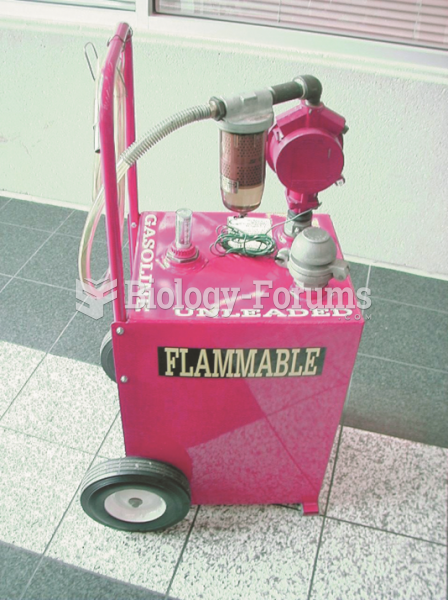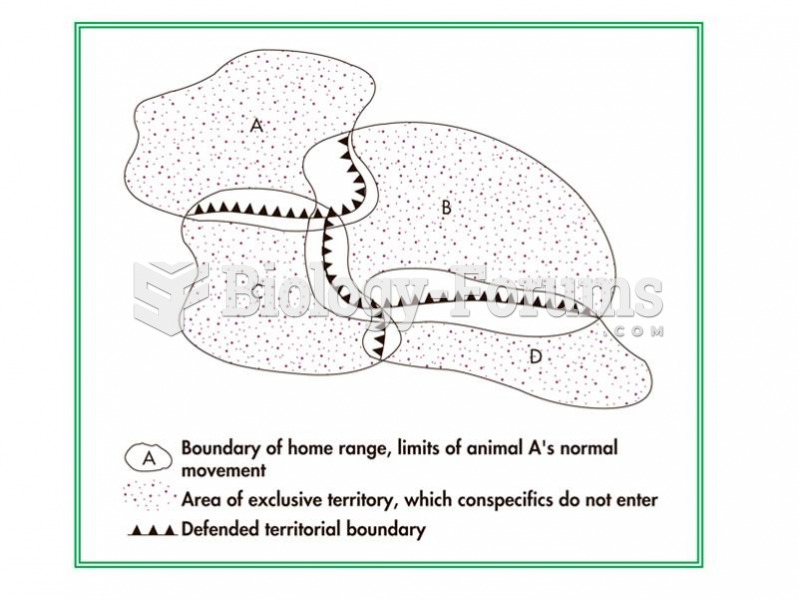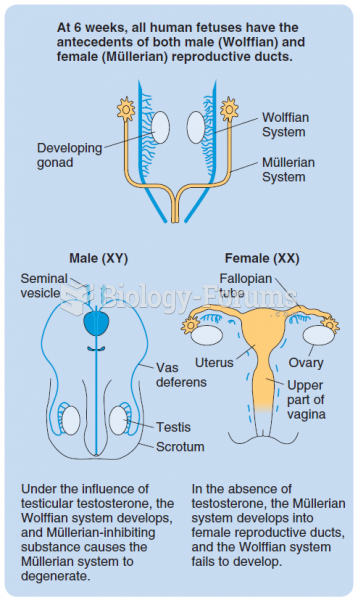|
|
|
The longest a person has survived after a heart transplant is 24 years.
The first oral chemotherapy drug for colon cancer was approved by FDA in 2001.
Recent studies have shown that the number of medication errors increases in relation to the number of orders that are verified per pharmacist, per work shift.
For high blood pressure (hypertension), a new class of drug, called a vasopeptidase blocker (inhibitor), has been developed. It decreases blood pressure by simultaneously dilating the peripheral arteries and increasing the body's loss of salt.
Ether was used widely for surgeries but became less popular because of its flammability and its tendency to cause vomiting. In England, it was quickly replaced by chloroform, but this agent caused many deaths and lost popularity.
 To maintain global power requires the continuous development of weapons. Shown here is the Osprey. ...
To maintain global power requires the continuous development of weapons. Shown here is the Osprey. ...
 This red gasoline container holds about 30 gallons of gasoline and is used to fill vehicles used ...
This red gasoline container holds about 30 gallons of gasoline and is used to fill vehicles used ...





